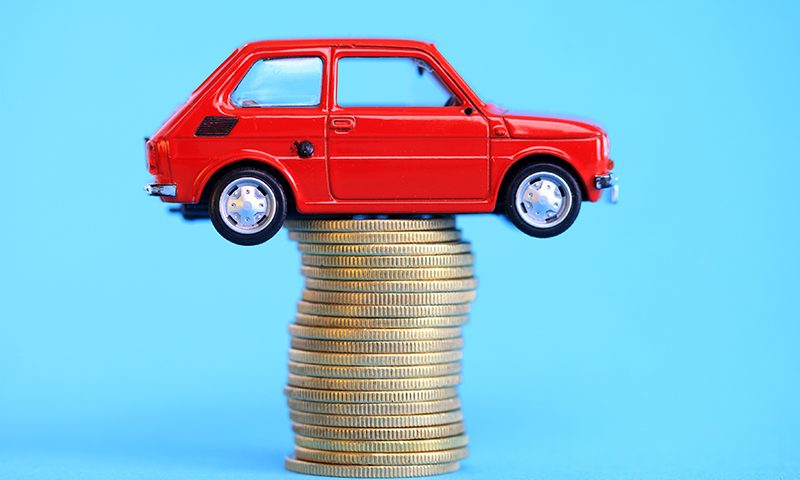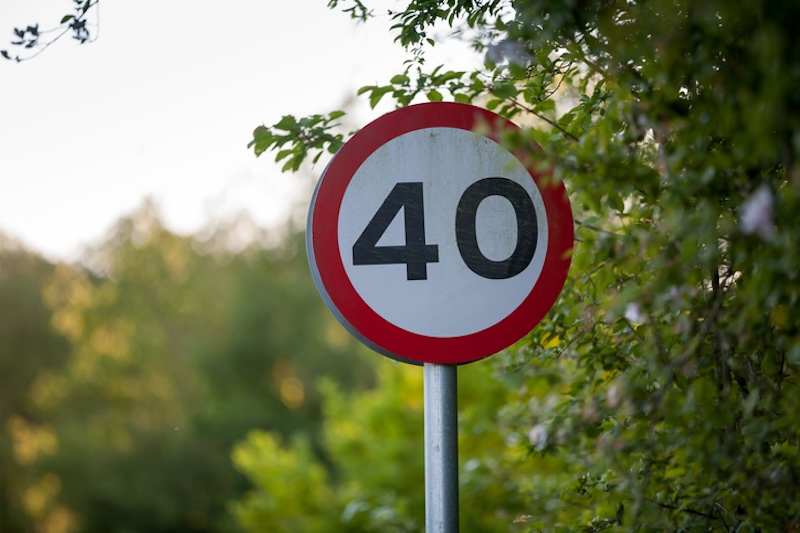April’s road tax changes explained

The season. The weather. The clocks. Everything is changing right now.
And, as of 1st April, Vehicle Excise Duty (VED), also known as road tax, has joined in.
Here’s all the essential information you need to know.
What are the changes to VED?
An entirely new VED system is coming into place in April, and affects only cars first registered from 1st April 2017 onwards.
The system, mainly, revolves around CO2 emissions. If your car has zero CO2 emissions, you will not have to pay VED. But, for any car that does have CO2 emissions, you will have to pay.
Depending on the amount of CO2 your car emits, your VED payments will be higher.
How does the system work?
For every car that does have CO2 emissions, there are a few parts to VED.
First of all, there’s a first year rate, which is, as the name suggests, a payment for the first year alone.
After that, there is the standard rate, a regular payment each year after the first.
There are some important points to note:
- Your car’s CO2 emissions will impact the first year rate – the higher your emissions, the higher this first year cost will be
- The standard rate is fixed at £140 for every vehicle that has to pay VED
- On top of these two payments, all cars worth over £40,000 will also have to pay a £310 supplement for five years
How much will my first year rate be?
Your first year rate will fit into one of 13 payment bands, broken down by emissions (g/CO2/km).
- 0 – £0
- 1-50 – £10
- 51-75 – £25
- 76-90 – £100
- 91-100 – £120
- 101-110 – £140
- 111-130 – £160
- 131-150 – £200
- 151-170 – £500
- 171-190 – £800
- 191-225 – £1200
- 226-255 – £1700
- Over 255 – £2000
After this first year rate, all of the above (apart from the VED exempt 0 emissions bracket) will then pay £140 a year as a standard rate.
Why is VED changing?
VED is said to be changing to make the system fairer, bring more money directly into the country’s infrastructure and push more drivers into buying ‘cleaner’ vehicles.
But, even some cleaner cars will still be expensive. For example, the Tesla Model S, due to how much it costs to buy, will cost £310 per year for five years, despite its lack of emissions.
So, if you’re buying a new car from April onwards, don’t forget about changes to VED. In fact, you could probably do with saving a bit of money to buy a decent calculator, because things can get a bit confusing if you try and do all the maths in your head.
Do you think the new VED changes will impact your decision on what car to get next? Let us know.


